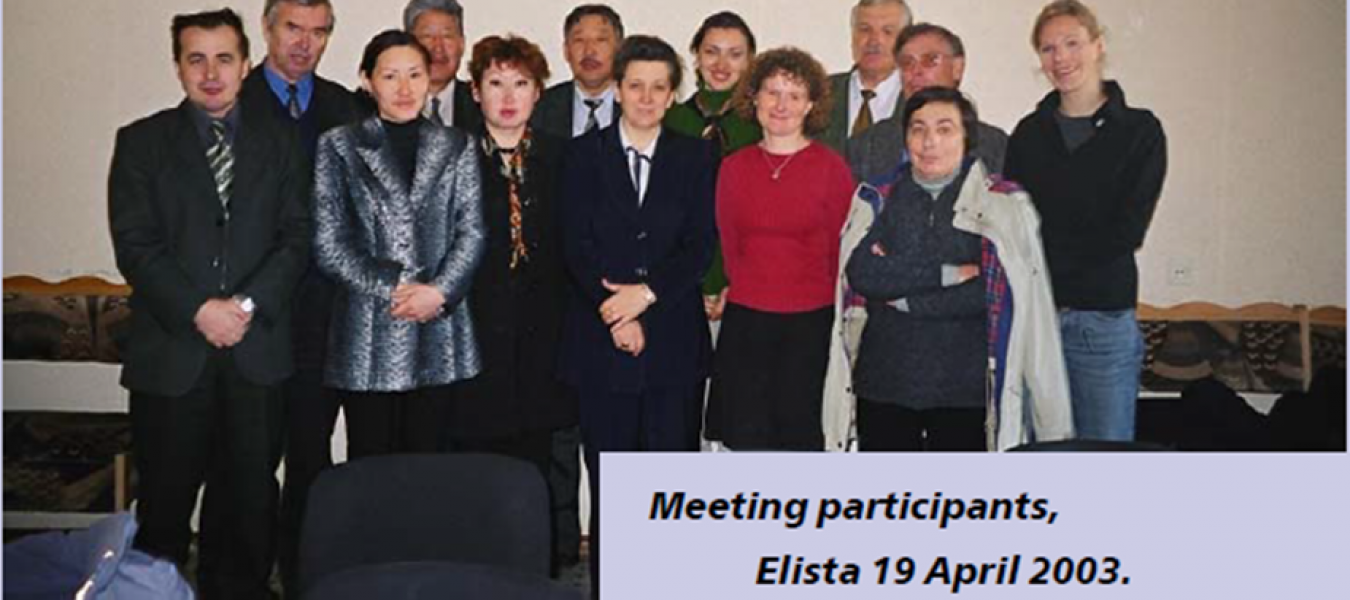Using Saiga Antelope Conservation to Improve Rural Livelihoods

On the 19-20 April 2003, a meeting of the participants in a new three-year project, "Using saiga antelope conservation to improve rural livelihoods", was held in Elista, Kalmykian Republic.
This project is funded by the UK Government's Department of the Environment, Food and Rural Affairs, through its Darwin Initiative fund. The Darwin Initiative was set up in 1993 as part of the UK's contribution to the Convention on Biological Diversity. The Darwin Initiative assists countries rich in biodiversity but poor in resources with the conservation of biological diversity and the implementation of the Biodiversity Convention. Projects funded under the Initiative are collaborative, involving either local institutions or communities in the host country. More details about the Darwin Initiative can be found at http://www.darwin.gov.uk/
The project has four main strands:
• scientific monitoring of Saiga antelope population dynamics,
with a particular focus non the rut and birth periods;
• socio-economic surveys in Saiga range areas, so as to
understand the livelihoods and needs of the local people, their knowledge of Saigas and poaching, and their willingness to engage in conservation programmes;
• education in schools, training of students and public awareness
campaigns to ensure that people understand the conservation needs of this unique and symbolic animal;
• co-operation with local communities, nature reserves,
government departments and saiga managers to strengthen capacity for conservation and Saiga management.
We have a particular focus on training young scientists in ecological and socio-economic research methods. A student from Imperial College London, Lini Kuhl, is currently carrying out research for her Masters dissertation as part of this project. In May 2003, she will be working with Marina Frolova of the Chernye Zemli Biosphere Reserve, carrying out studies of Saiga ecology. Then, in June, she will be working with Natalia Balinova of the Centre for Ethnosocial Research, Kalmykian State University, conducting socioeconomic surveys.
The project is international, with study areas in the Betpak-dala region of Kazakhstan (team headed by Professor A. Bekenov, Institute of Zoology, Kazakhstan) and in the Chernye Zemli region of Kalmykia (team headed by Dr. A. Lushchekina, Institute of Ecology and Evolution, Russia). By working in two countries at the same time, we will be able to compare the results of our monitoring work, and draw conclusions from each place for overall Saiga conservation.
